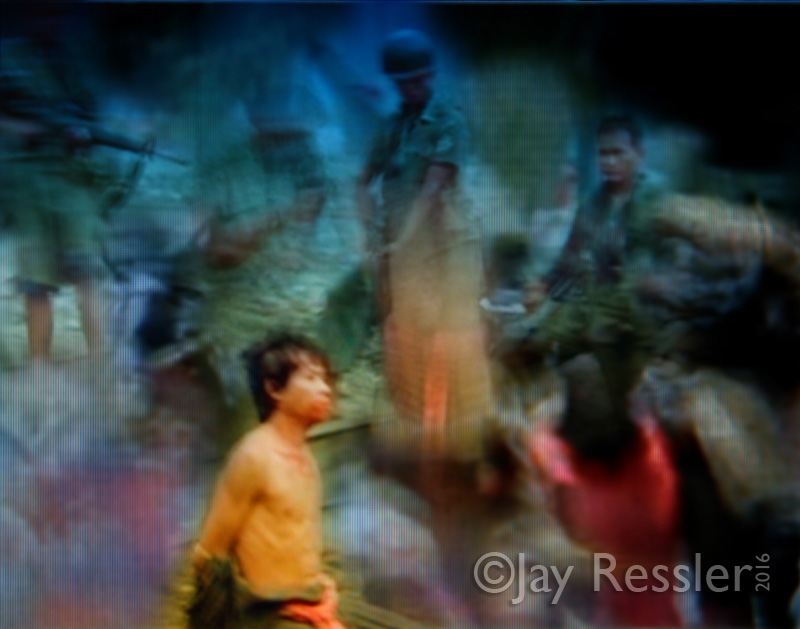
Nearly three million people were killed in Cambodia under the Khmer Rouge (1975-79), a faction that sought to establish an anarchist utopia and which took inspiration from the Chinese Stalinist leader Mao Zedong’s Great Cultural Revolution. Nearly a million people were killed in Rwanda (1994) in a 100-day slaughter of 70% of the Tutsi minority and 20% of the Hutu people by the armed Hutu bands.
Sources: “The Killing Fields” (1984); “Hotel Rwanda” (2004)
Additional Comments
In modern times, the most well-known example is the Holocaust carried out by Nazi Germany in the 1930s and 40s targeting Jews, Roma people, and homosexuals. Less well-known are the genocides carried out by the Ottomans in Armenia around 1900 and the Holodomor, or mass starvation in Ukraine in 1932-33 resulting from Stalin’s forced collectivization of the peasants and conscious policy of starving them to sell confiscated grain to the capitalist countries abroad. 7,000,000 Lives were taken.
The Genocides in Cambodia and Rwanda and most recently in Sudan are in more recent memories.
An unintended consequence of the U.S. War in Indochina, the Cambodian genocide was carried out by the Khmer Rouge under the leadership of Pol Pot and Ieng Sary.
Often overlooked in accounts looking back on this horrific chapter, is the devastation caused to Kampuchea by intense U.S. bombing during the Indochina War. Equally overlooked is the role the U.S. Government played in covering up for the crimes of the Pol Pot regime and in defending its seat in the United Nationals long after the facts of the genocide became known worldwide.
Special candidates for the killing fields were those who wore eyeglasses or had an education. Slave labor was rampant. The genocide ended when neighboring Vietnam invaded in 1979. China retaliated by attacking Vietnam but was quickly rebuffed. An international tribunal looking into the crimes of the Khmer Rouge leaders continued into the current decade.
The Rwandan and Sudanese genocides are rooted in ethnic and class rivalries created or magnified by Western domination and social breakdowns resulting from rivalries between the Great Powers.
